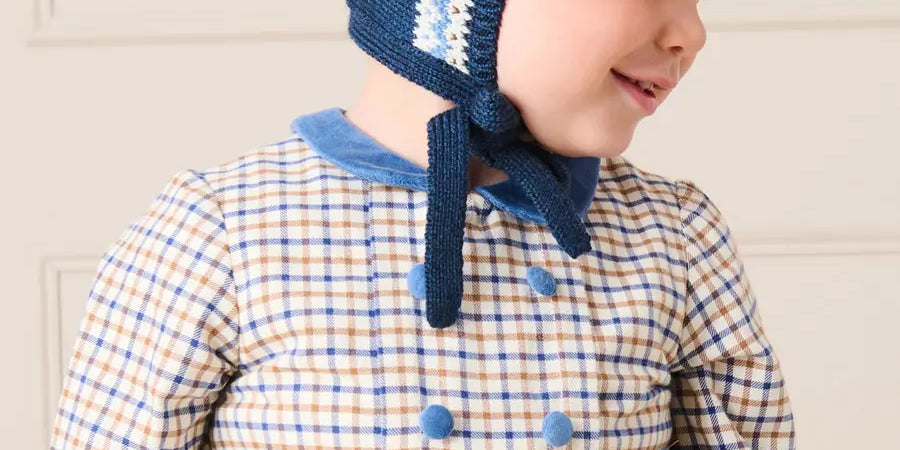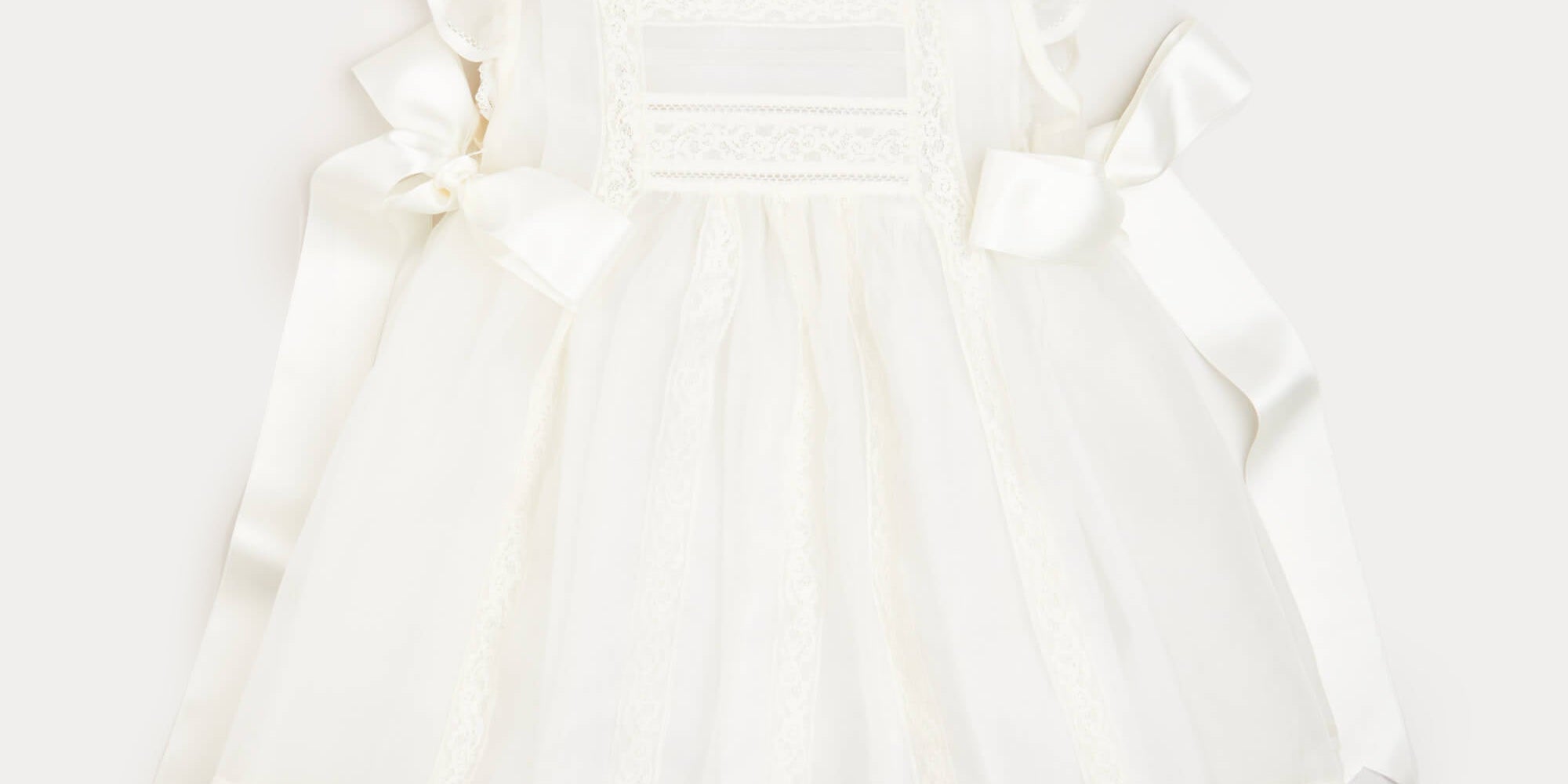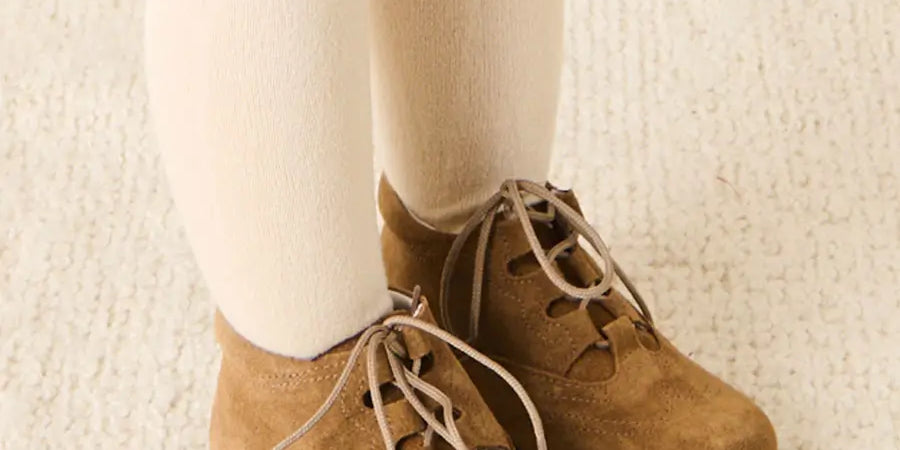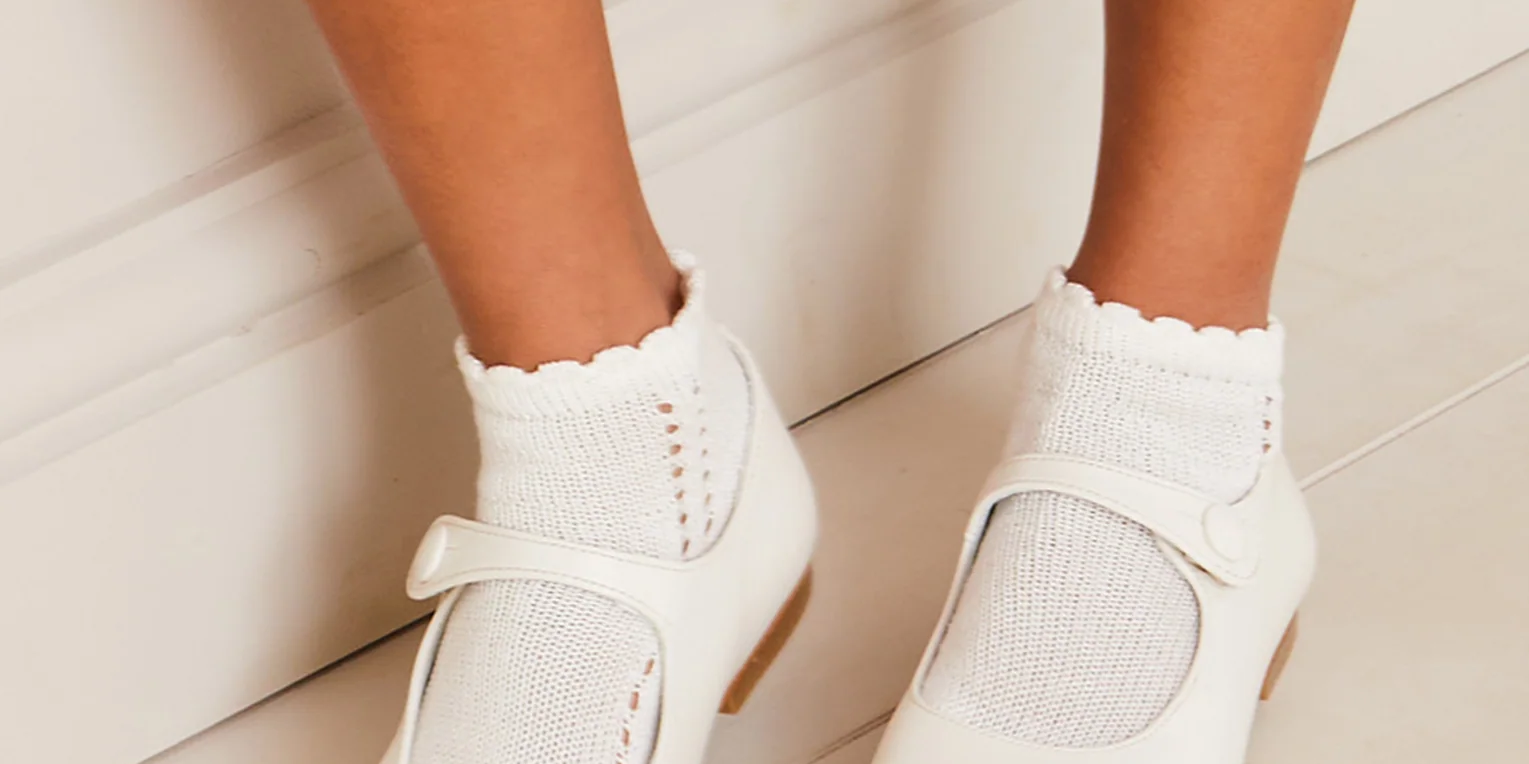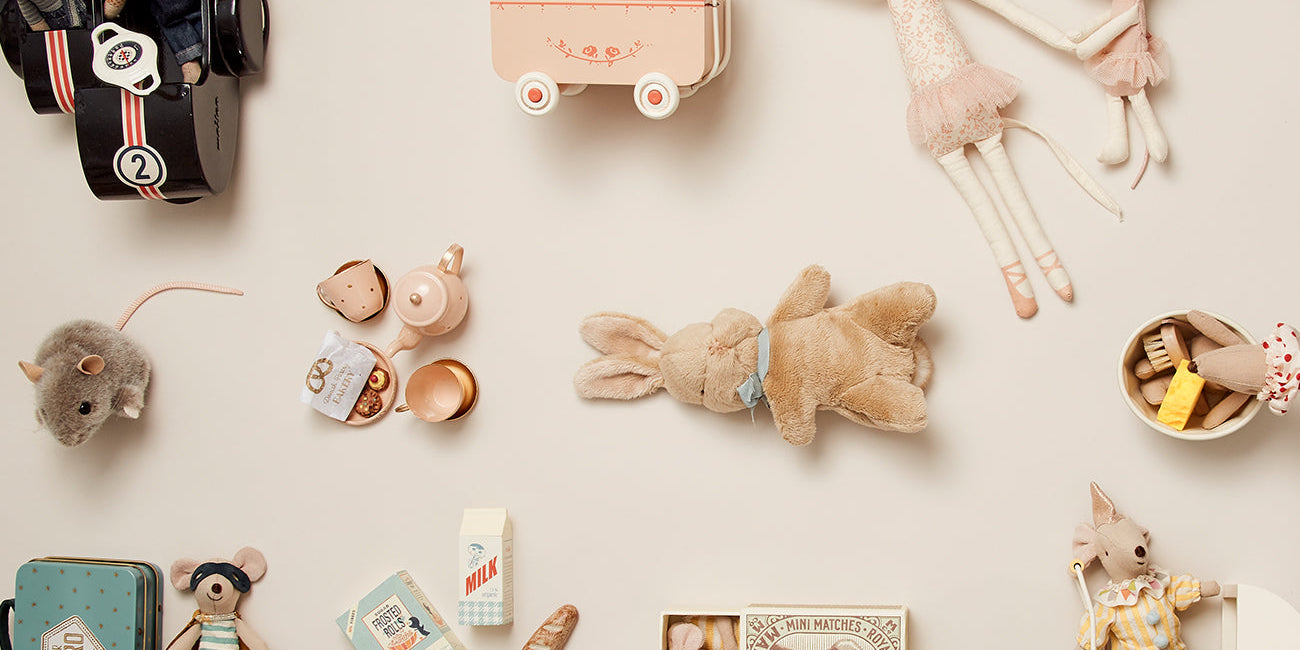A common misconception is to get a bigger size in the hope for the shoes to last longer and to save you the hassle and money of frequent shoe shopping. However, for your child’s safety, it is important to find the perfect fit.
It’s worth saying that being in-between sizes isn’t the end of the world – in this case go for the size bigger. Just as long as it is comfortable for the child as well.
Getting the right sized shoes helps the healthy development of your child’s feet from newborn into their school years. This is particularly important when toddlers learn how to walk.
Children’s feet grow so fast due to soft cartilage that require well-fitting shoes which are sturdy and can be worn all day. Rubber soles give clumsy walkers necessary grip and soft fabric to mould to the child’s foot. Ill-fitting shoes, especially at a young age, can emphasise and worsen existing feet problems, such as flat feet, or cause ingrown toenails.
Most toddlers will be flat-footed when they begin walking so the correct shoes are needed for the bones and muscles to strengthen correctly. This is the same for walking with the feet turned inwards.
Some Science…
There are 26 bones and 35 joints in each foot. A baby’s foot has additional fat for necessary padding and this is why soft soles are important – it helps to improve growth!
By the time your child moves to rubber soles, they should be fairly stable. Rubber soles offer flexibility and more movement – the more movement, the more your child can continue strengthening the all-important bones and muscles.




